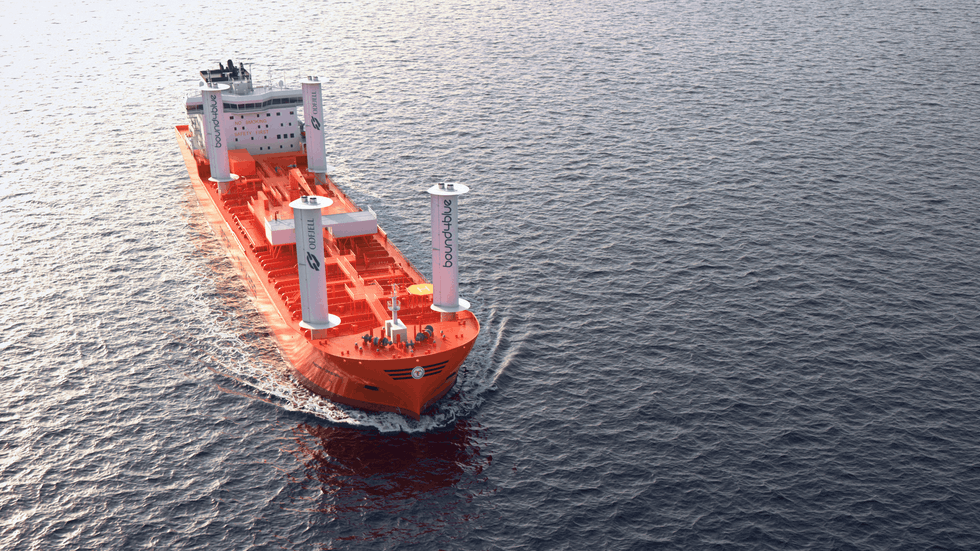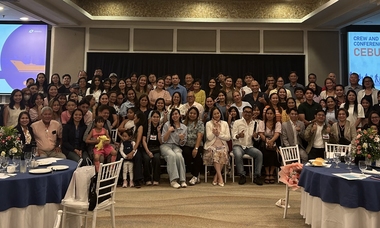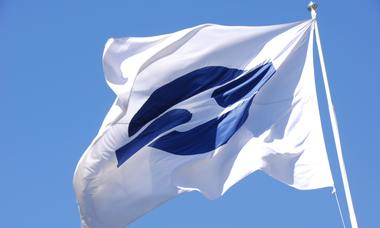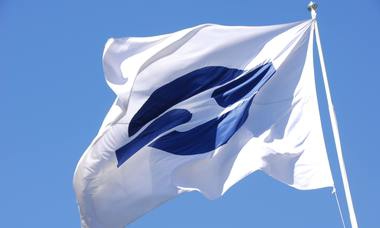
“We’re on the way to Houston now,” shared Captain Glenn Skjelbred. “It’s been some interesting days with various testing. We’ve had a bound4blue representative on board doing the schooling and training, and someone from Odfjell Technology helping us understand the potential savings.
“The funny part is hearing comments like, ‘Oh no, we don’t have much wind today,’ first thing in the morning. That kind of curiosity shows how invested the crew already is.”
The eSAILs® are fully automatic, designed to align with the wind without manual input. Senior Marine Superintendent Michelle Loeffler, who joined the crew for this leg of the journey, noted how intuitive the system is to observe.
“It’s very easy to see when it’s working. The blue tell-tales show the airflow, and when they’re steady, the sail is aligned and effective. Right now, we’ve got wind on the forward quarter, and the flow is perfect.”
The voyage so far has provided a mix of weather conditions—ideal for observing the system’s performance. “We’ve had days of strong winds that temporarily shut the sails down, and now we’re in very calm seas,” said Veine Huth, Manager Research and Development.
“Despite the range of conditions, the early data is promising. We’ve had a few small technical issues, which are to be expected with the new system, but the last two days have been running very smoothly. We’re optimistic about what we’ll see as we continue.”
The first part of the installation process was done during drydock in China last year, the second at the EDR Antwerp Shipyard in March. The sails were lifted in place in just two work days. The aim now is to evaluate the sails’ long-term energy-saving potential through real-time data and crew feedback.
As Bow Olympus continues toward Houston, the team onboard will keep monitoring performance and sharing insights—helping us assess how wind-assisted technology can further reduce fuel consumption and emissions across our fleet.


